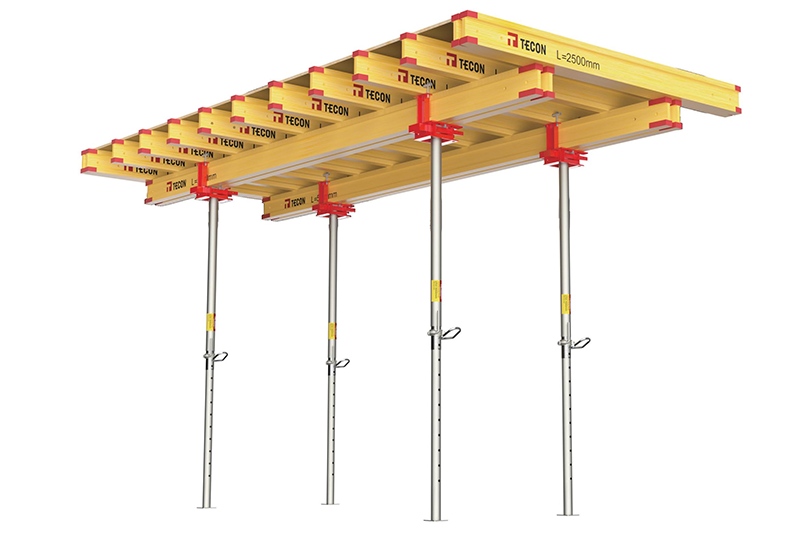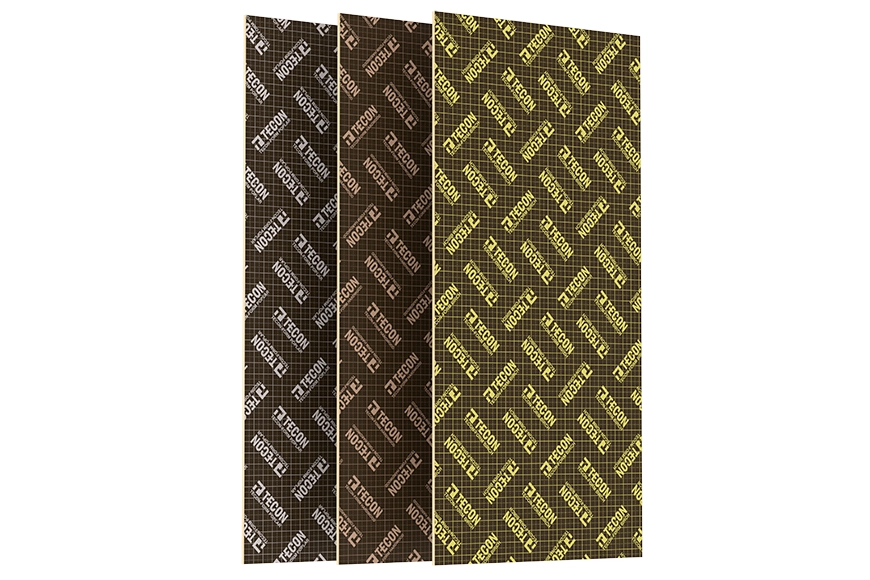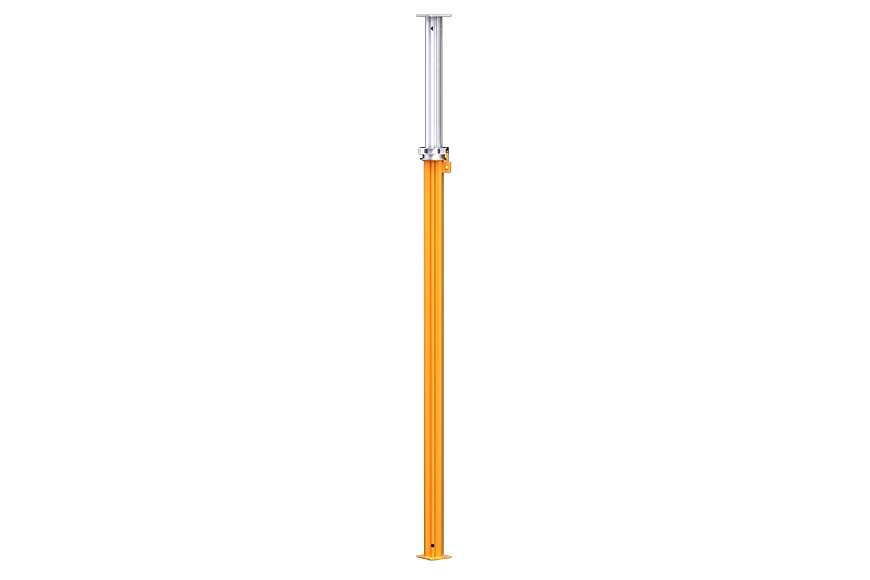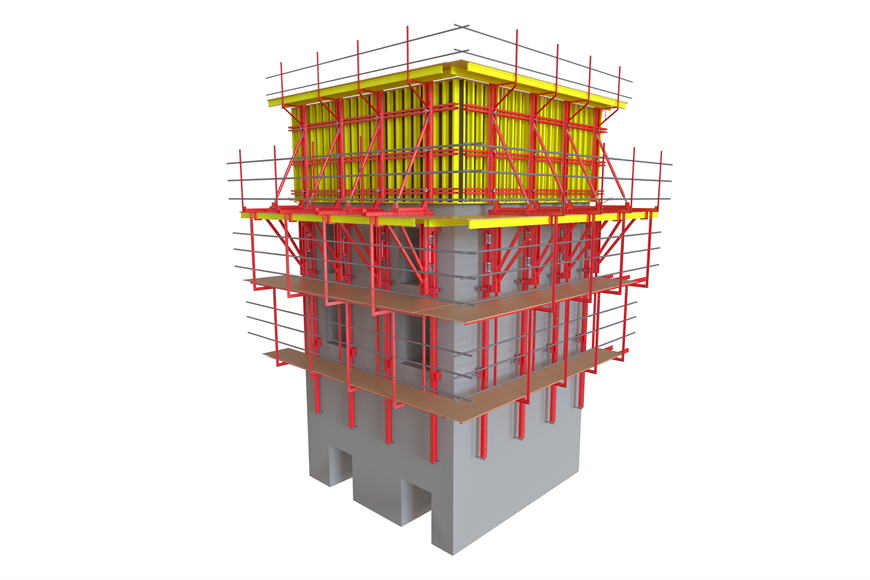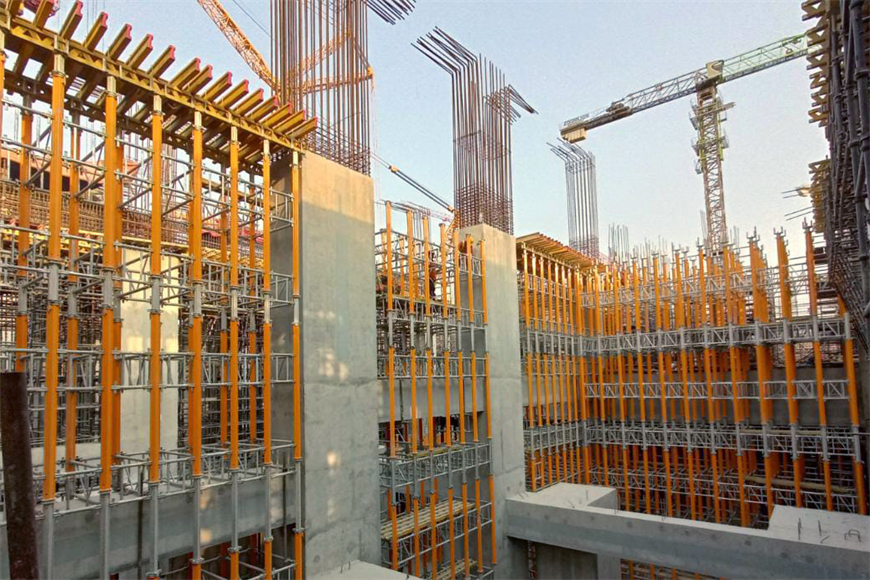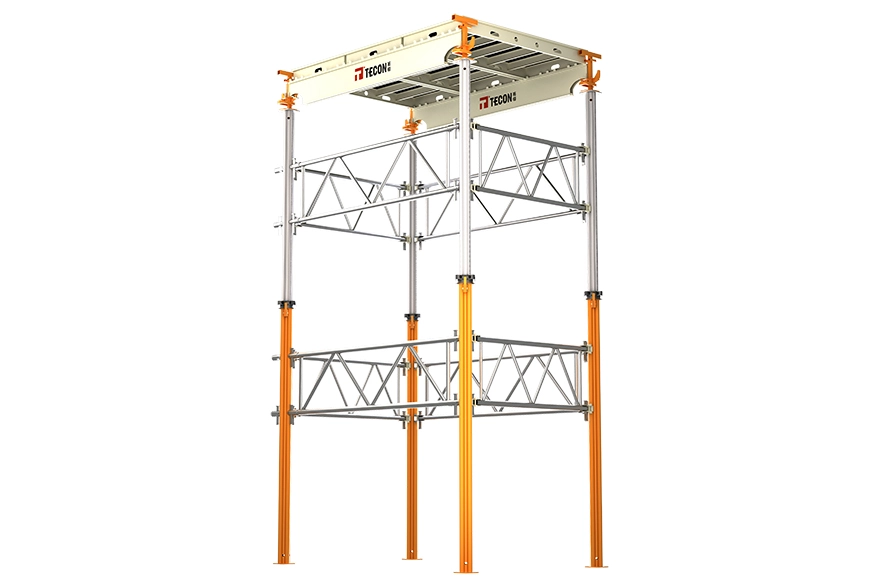The climbing cone formwork system is widely used in high-rise buildings, bridges, towers, and other vertical structures. Its unique structural design and construction method allow it to play a significant role in various construction scenarios, especially in projects that require efficient, continuous, and stable construction. Below are several key application areas for the climbing cone formwork system:
In high-rise building construction, the climbing cone formwork system is commonly used for the construction of core walls. Since the formwork can "climb" layer by layer with the construction process, it greatly speeds up the construction while reducing manpower and material consumption, all while ensuring structural quality. This system is suitable for concrete structures that require continuous pouring, such as elevator shafts, stair shafts, etc.
Advantages
Meets the vertical construction needs of high-rise buildings.
Increases construction efficiency and shortens project timelines.
Ensures smooth concrete surfaces and reduces surface defects.
The climbing cone formwork system is particularly suitable for the construction of vertical structures like towers and chimneys. The construction of such buildings typically progresses upwards from the ground, and the climbing system can automatically adjust the height of the formwork to match the building's height, ensuring the quality of each layer during construction.
Advantages
Can bear large-span structures, ensuring the stability of towers and chimneys.
Provides continuous and stable formwork support, adaptable to complex construction environments.
An efficient and safe construction method that reduces unnecessary risks during construction.
In bridge construction, especially for complex bridges such as elevated bridges and cable-stayed bridges, the climbing cone formwork system is used to form bridge piers or bridge towers. Since bridge piers often require precise verticality and stability, the climbing system ensures that these requirements are met, reducing construction deviations.
Advantages
Improves precision in bridge construction.
Provides continuous and stable support, ensuring the safety of bridge structures.
Adapts to different environmental conditions, particularly in uneven or narrow construction areas.
The climbing cone formwork system is also widely used in the construction of tunnels, underground structures, and underground garages. These projects require precise structural work within limited space, and the climbing system allows for efficient layer-by-layer pouring while ensuring the quality and stability of each layer.
Advantages
An efficient construction method suited for underground limited-space work.
Provides accurate structural shapes and stability.
Can adapt to complex underground environments, ensuring timely progress.
The climbing cone formwork system, with its advantages in efficient construction, safety, and quality control, plays an indispensable role in construction across multiple fields. Whether for high-rise buildings, bridges, or special structures, the climbing system provides stable support, accelerates construction progress, improves construction quality, and effectively reduces costs. As a result, the climbing cone formwork system is widely used in modern construction and has become a vital component of many large-scale engineering projects.
